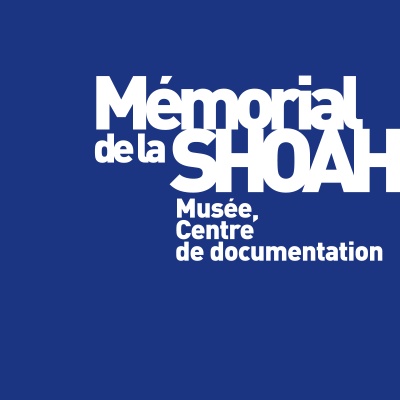Rwanda 1994: the genocide of the Tutsi, the new exhibition at the Paris Shoah Memorial As part of the 30th commemoration 1994-2024
Wednesday, January 24, 2024
From 7 April to mid-July 1994, on the hills of Rwanda, more than one million Tutsi men, women and children perished in the name of a political utopia aimed at rebuilding the racial purity of a Hutu nation rid of a minority portrayed as sneaky and harmful. Imagining themselves threatened in their very existence, the Hutu extremists launched an extremely effective campaign of massacres on 7 April 1994.
On the occasion of the 30th commemoration of the genocide of the Tutsi, the exhibition tries to make intelligible an event still too often subjected to reductive readings. Product of the long history of our tragic twentieth century, it responded to precise political logics, themselves backed by a racist ideology inscribed in the colonial and post-colonial past of Rwanda.
Committed for many years to actions of transmission of the history and memory of the genocide of the Tutsi, the Shoah Memorial intends to affirm its support to the victims and survivors at this time of commemoration.
Scientific Commission: Stéphane Audoin–Rouzeau, historian, director of studies at the EHESS, Hélène Dumas, historian, EHESS, and MarcelKabanda, historian, president of Ibuka-France.
Coordination and research: Sophie Nagiscarde, responsible for the Cultural Activities department.
Adaptation of the exhibition in 2024
Scientific Commission: Hélène Dumas, research fellow at the CNRS, (CESPRA-EHESS).
Coordination of the exhibition: Lucile Lignon, in charge of temporary exhibitions, Shoah Memorial, assisted by François Breloy.
Graphics: Designers Unit.
